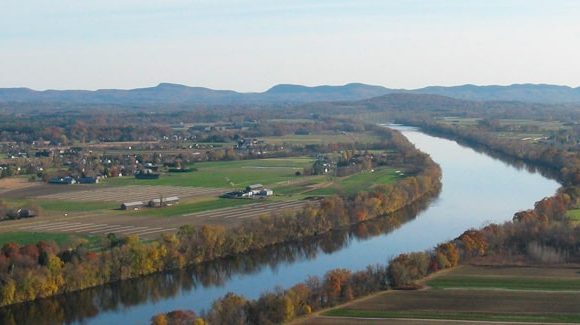Residents of Monmouth County, New Jersey value farms, forests, and open space for their scenic, recreational, and environmental benefits. But some may question protecting these important natural resources because they do not recognize the economic value that open land contributes to local communities and the region. The findings of this study prove that farm
and open land are good for the local tax base.
As communities face growth, development often is promoted to pay for it. But this strategy fails to consider the on-going costs of development due to demands for public services, such as education, public works, fire and police protection. Cost of Community Services analyze the net impact of different land uses on local budgets. The Monmouth Conservation foundation hired American Farmland Trust to conduct COCS studies in five townships in Monmouth County: Freehold, Middletown, Wall, Upper Freehold, and Holmdel. AFT found that open lands make a positive fiscal impact, while residential development is a financial drain.
Long-term studies in other states have shown that towns with more commercial and industrial development tend to have higher tax bills. While the Monmouth County townships’ annual costs of commercial and industrial development were low, communities should be wary of the costs of development over time. Commercial and industrial development often does appreciates slowly, so its value actually decreases over time. Also, new commercial and industrial development tends to increase residential development by attracting new workers to the area, there by increasing community costs. Also, once a certain level of development is reached, expenditures may be required for facilities that have little benefit to residents. In addition to negative impacts on taxes, commercial and industrial development may also have unwanted secondary impacts on the community, such as increased traffic and pollution. Therefore, longterm impacts of each land use should be considered along with the point-in-time results of this study.
While the pattern of findings is similar, differences in tax rate, population, and budget structure make each township unique. These differences should be acknowledged to avoid direct comparisons between the township findings. For example, although Middletown has the lowest net cost for residential development of the five townships studied, it also has the highest tax rate. Therefore, Middletown residents paid more for their services than residents in the other townships. If Middletown’s tax rate were lower, the cost per dollar of revenue for residential development would have been even higher.
Township leaders and residents of Monmouth County need balanced and reliable information to help them understand the fiscal impacts of different land uses. The results of this study provide clear evidence that farm and open land contribute to the financial well-being of Monmouth County. These findings support the protection of farm and open land as a critical component of a comprehensive plan to balance land uses in the county. Sound planning is necessary to manage growth and development and protect natural resources for future generation.





